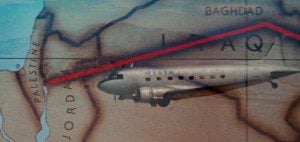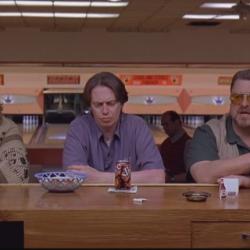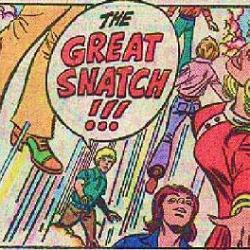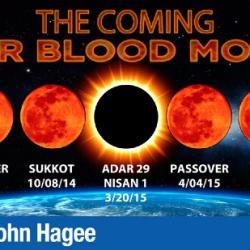Originally posted May 6, 2005.
Left Behind, pp. 89-96
The good news: Buck Williams is finally out of the men’s room stall.
The bad news: He spends the next five pages in a phone booth.
I recently came across Kurt Vonnegut’s “Eight rules for writing fiction.” It’s a good list, the value of which becomes clearer when applied to a book like Left Behind, in which each of these eight rules is repeatedly, egregiously violated.
LaHaye and Jenkins seem to have misconstrued Rule No. 5: “Start as close to the end as possible.” Vonnegut meant the end of the story, not The End of Days.
Mainly here, though, I want to point out Rule No. 4:
“Every sentence must do one of two things — reveal character or advance the action.”
It’s rare for a sentence in LB to do either of these two things. Thus we get lots of passages like the section we’re looking at today, the major theme of which is, yet again, the logistics of travel.
Buck is still trying to get to New York City. L&J seem to view this as an epic journey — they spend far more time discussing the details of this trip than they spent on the global ramifications of the death/disappearance of a billion people or on the full-scale nuclear war in which the entire Russian army was slain by divine intervention.

![]()
![]() He eventually does get to New York — about 40 pages from now. He spends thousands of dollars on cabs and a charter jet and is able to make the trip in just under 24 hours. I realize that calamity has disrupted routine travel, but this is still a rather unimpressive time for a Chicago-to-New York trip. Under normal, less apocalyptic conditions, you can make the 750-mile drive in about half the time it takes Buck.
He eventually does get to New York — about 40 pages from now. He spends thousands of dollars on cabs and a charter jet and is able to make the trip in just under 24 hours. I realize that calamity has disrupted routine travel, but this is still a rather unimpressive time for a Chicago-to-New York trip. Under normal, less apocalyptic conditions, you can make the 750-mile drive in about half the time it takes Buck.
So why didn’t Buck just drive to New York? For the money he spent, he could have bought a car, or hired one. Or he could have joined up with other NYC-bound travelers and shared the driving duties and costs. That’s what friends of mine did when they got stranded in Chicago after 9/11, and they got back to Philly a lot faster, and cheaper, than Buck gets to New York.
I suppose, though, that the drive might not have been an easy one for Buck. The highways might still be clogged with driverless wrecked cars or even planes forced to make emergency landings. I can only “suppose” this, however, since L&J don’t bother to show or describe any such details. If they had been interested in such things — in actually exploring or dealing with the devastating effects of the mass disappearances — they might have let Buck drive to New York and thereby have offered our first ground-level glimpse of the aftermath.
The problem with this theory, however, is that Buck does hire a driver to take him from Chicago to Waukegan, and another to take him from Easton, Pa., to New York. That’s about three hours of driving in ideal conditions, and it takes Buck … about three hours. If you can take I-78 across North Jersey without incident, then travel by car is apparently not a problem.
Anyway, we’re getting ahead of ourselves here. In today’s section of the book, Buck doesn’t get anywhere near New York. He doesn’t even succeed in getting on a plane — only in playing phone tag with a charter pilot.
This exchanging of answering machine messages takes up about three pages of the book.
Three pages of phone tag. See, again, Vonnegut’s Rule No. 4.












